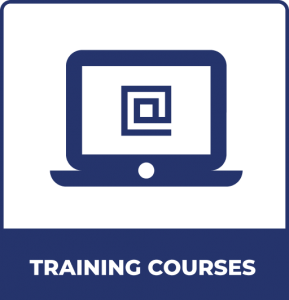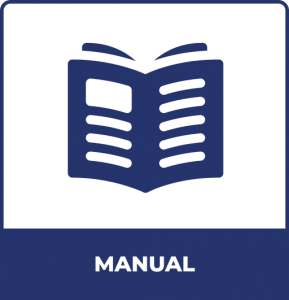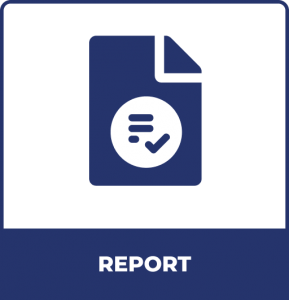This guidance document seeks to provide comprehensive and practical guidance on the implementation of the revised Rules. Its intended audience is primarily prison staff, management and other relevant practitioners in prisons, and has been designed to help understand and implement the Mandela Rules in practice.
Given that a number of Rules require adjustments in laws and policies that stretch beyond the reach of individual prison administrations, recommendations for policymakers have also been included. Promising practice examples from the OSCE region have been collected to illustrate possible approaches to implementation. For a few areas, those examples have been complemented with promising practices from around the world.
Rather than going through the Rules chronologically, the document is arranged in seven thematic chapters, grouping inter-related provisions and reflecting on them comprehensively. Recognizing the wealth of existing guidance on the previous SMR, the document reflects only the revisions of the SMR and does not elaborate on thematic areas and Rules that have not been changed as part of the revision process.
This document only provides guidance for the implementation of minimum standards for the treatment of prisoners. It incorporates existing international legal and practical tools, “soft law” principles and opinions of authoritative bodies, as well as promising national practice examples providing guidance for the interpretation and effective implementation of the revised Rules.
It should in no circumstances obstruct the implementation and development of higher standards of prison management, treatment of prisoners or prison conditions.
1. PRISON MANAGEMENT
1.1 Prisoner file management
1.2 Classification, risk and needs assessments
1.3 Allocation
1.4 Access to information
1.5 Requests and complaints
1.6 Transfers
1.7 Staff recruitment and training
1.8 Internal inspections
2. SAFETY, SECURITY AND DIGNITY FOR ALL
2.1 Searches of prisoners and cells
2.2 Search and entry procedures for visitors
2.3 Children in prison with their parent
2.4 Prisoners with disabilities
2.5 Dealing with the body of a deceased prisoner
2.6 Slavery
3. INCIDENT PREVENTION AND RESPONSE
3.1 Instruments of restraint
3.2 Use of force and arms
3.3 Investigations
4. RESTRICTIONS, DISCIPLINE AND SANCTIONS
4.1 Disciplinary sanctions and procedures
4.2 Solitary confinement
4.3 The role of health-care personnel
4.4 Alternative dispute resolution
5. CONTACT WITH THE OUTSIDE WORLD
5.1 Contact with family and friends
5.2 Access to legal advice, representation and legal aid
5.3 Notifications 137
6. HEALTH-CARE
6.1 Health-care provision
6.2 Advisory duties of health-care personnel
6.3 Emergency and specialized care
6.4 Documenting and reporting signs of torture
6.5 Ethical and professional standards
6.6 Medical files
7. EXTERNAL MONITORING
Penal Reform International
OSCE ODIHR & PRI (2018). Guidance Document on the Nelson Mandela Rules Implementing The United Nations Revised Standard Minimum Rules For The Treatment Of Prisoners. Penal Reform International, London. 389912_0.pdf (osce.org)



